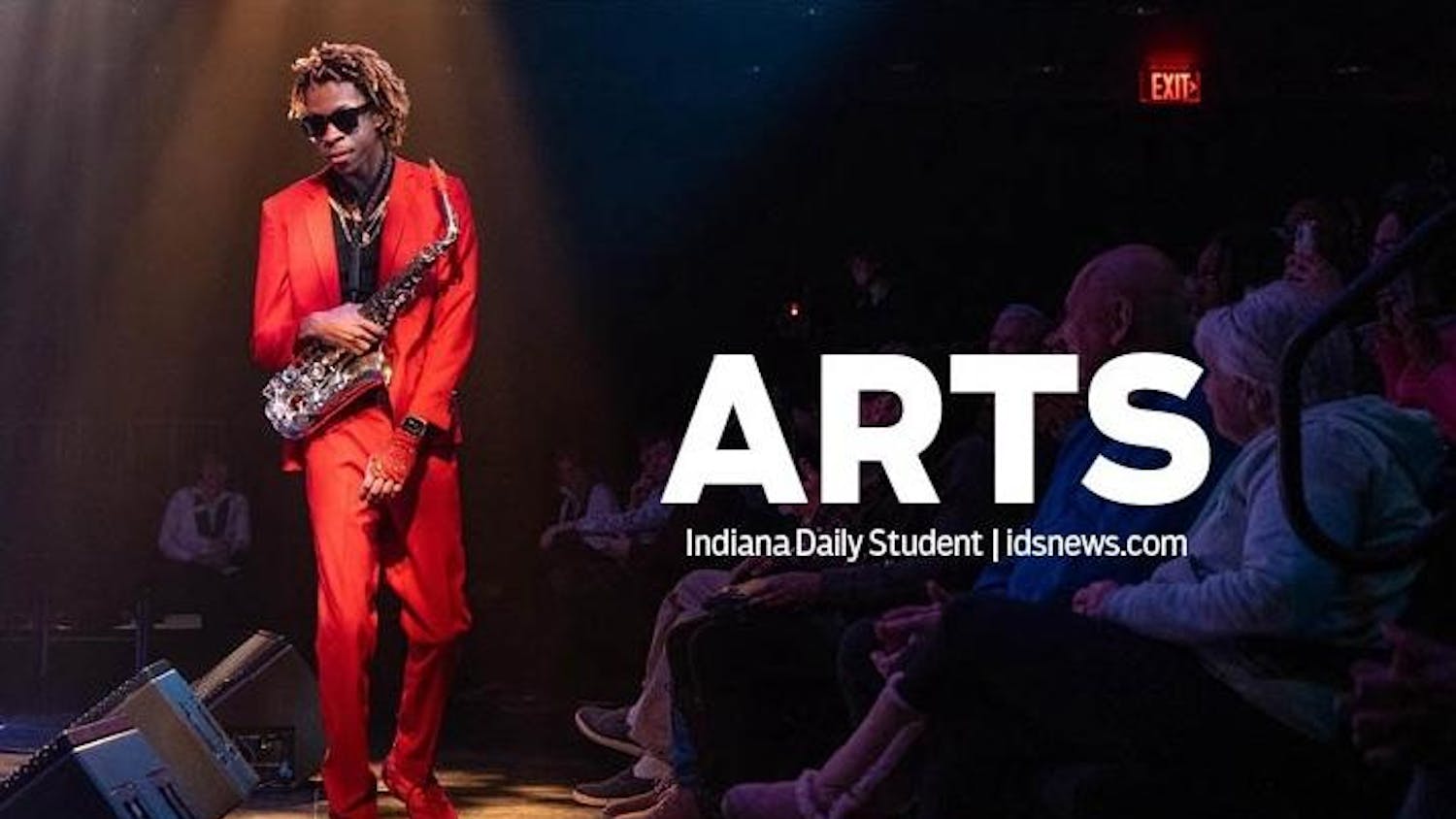Viewers at the IU Cinema on Monday observed a 142-minute medley of oddities during a showing of Andrei Tarkovsky’s “The Sacrifice,” complete with long shots, slow pans, peculiar allegories and enigmatic characters.
The 1986 film was shown Monday night as part of a series being presented at the IU Cinema titled “Representing Religion: Ireland, The Troubles, and Beyond.”
Tarkovsky’s films emphasize spiritual journeys and the growing materialism both in the world and his home, the Soviet Union, where many of his films were banned or censored. Eventually, Tarkovsky defected from the Soviet Union to pursue greater creative freedoms in his films.
Michael Crandol, an IU professor teaching Japanese film for the East Asian Languages & Cultures department, was at the showing and called Tarkovsky one of the three greatest masters of long, single-take film techniques.
“It think it adds to a sense of realism,” Crandol said. “You just get this sense of the totality of the world.”
“The Sacrifice” details the story of retired actor and critic Alexander and his family at the outbreak of World War III. Confronted by a dreadful reality, which will entail everything he knows and loves being destroyed in nuclear holocaust, Alexander makes a deal with God. He offers to burn his home, be silent forever and give up everything he loves, even his own son.
Alexander sleeps with a witch, Maria, because he believes this will help save the world. He then awakens to discover everything has returned to normal. He goes on to fulfill his vow to God and wreck everything in his life he values.
One of the final scenes is of Alexander being taken away by an ambulance as his family hovers around him, bewildered and devastated.
The film is laced from beginning to end with Christian symbols and allegories, and a strange visual realism made more prominent by the long, slow pans Tarkovsky used.
While the cinematography draws the audience into the film, Crandol said the unconventional nature of Tarkovsky’s characters pushes viewers away. Though he said he feels it was Tarkovsky’s conscious decision to construct his characters this way, Crandol said it can still be jarring.
Often, the characters act in ways no real person would, he said.
But there were moments when the audience could empathize with the characters. Crandol pointed to a scene were Alexander kneels and faces the camera as he prays the “Our Father.” In this humanity-filled moment, the audience can see themselves in a character who faces his imminent death and promises to do anything to change the outcome.
“That, I think, reaches the audience on a personal level,” Crandol said.
Hannah Garvey, a graduate student in the Department of Religious Studies, was a bit more conflicted than Crandol about her experience with the film.
She said she watched a trailer for the film before its showing, and her expectations for the film didn’t match up with the experience of watching it.
“I liked it, then I hated it, then I think I hated it even more, and then the fire happened, and then that sort of felt better,” Garvey said.
Just before he died in 1986, Tarkovsky said in an interview the film was meant to show how man can restore his link to life by “renewing his covenant with the source of his soul.”
While Garvey said she didn't think the film would prompt someone to convert to Christianity or start believing in God, it could induce self-reflection.
Professor Constance Furey, the chair of the Department of Religious Studies, also attended the film, and said the film had more to do with fear than anything else. She referenced a scene where Alexander has a philosophical conversation with his young son about death and the fear of death.
She thought this conversation was a defining moment of the film, speaking to one of its larger themes, the idea that death itself does not actually exist.
"There's no death, there's only fear of death," Furey said. "So it's all sort of melded together, like our fears and the happenings are inextricable from each other."
The film does have a familiar villain, nuclear armageddon lingering on the horizon. Crandol pointed out how the film echoes the same fears expressed today in regard to North Korea.
“When that film was made, you know, the Cold War was still on,” Crandol said. “In some ways it feels like just in the last year we’ve kind of started having some of these fears again.”
The film, with its allegory, visual realism and contemporary implications, offers a hard look into how humanity might deal with impending death.
“It’s not a popcorn film,” Crandol said.
Alexa Chryssovergis, Anna Groover and Erin Patterson contributed reporting.




